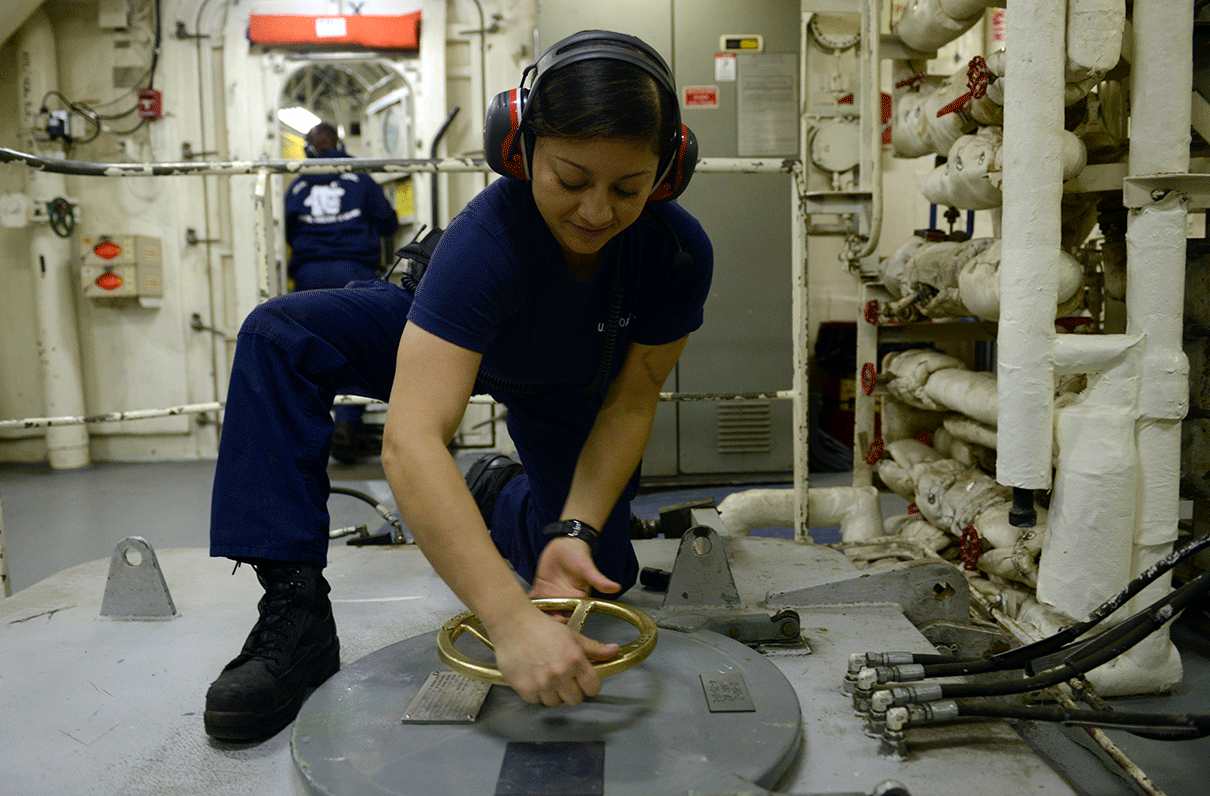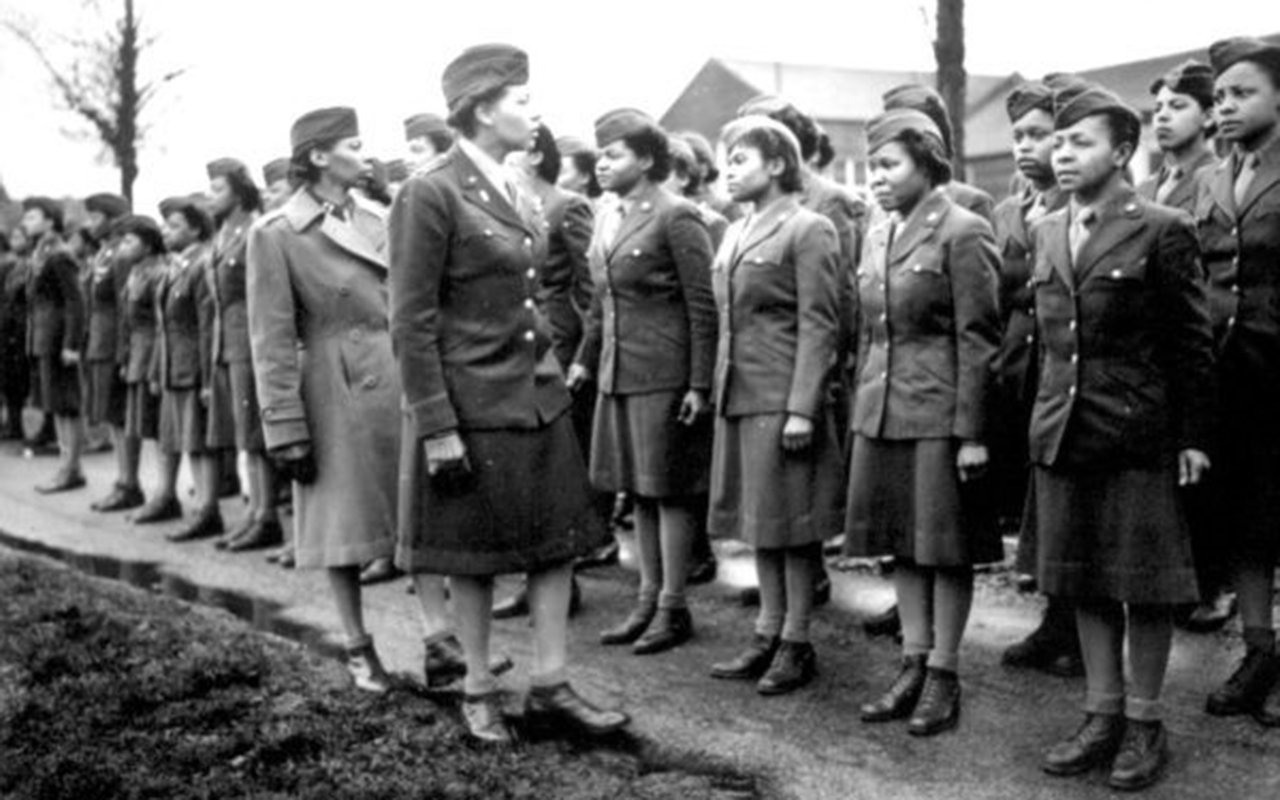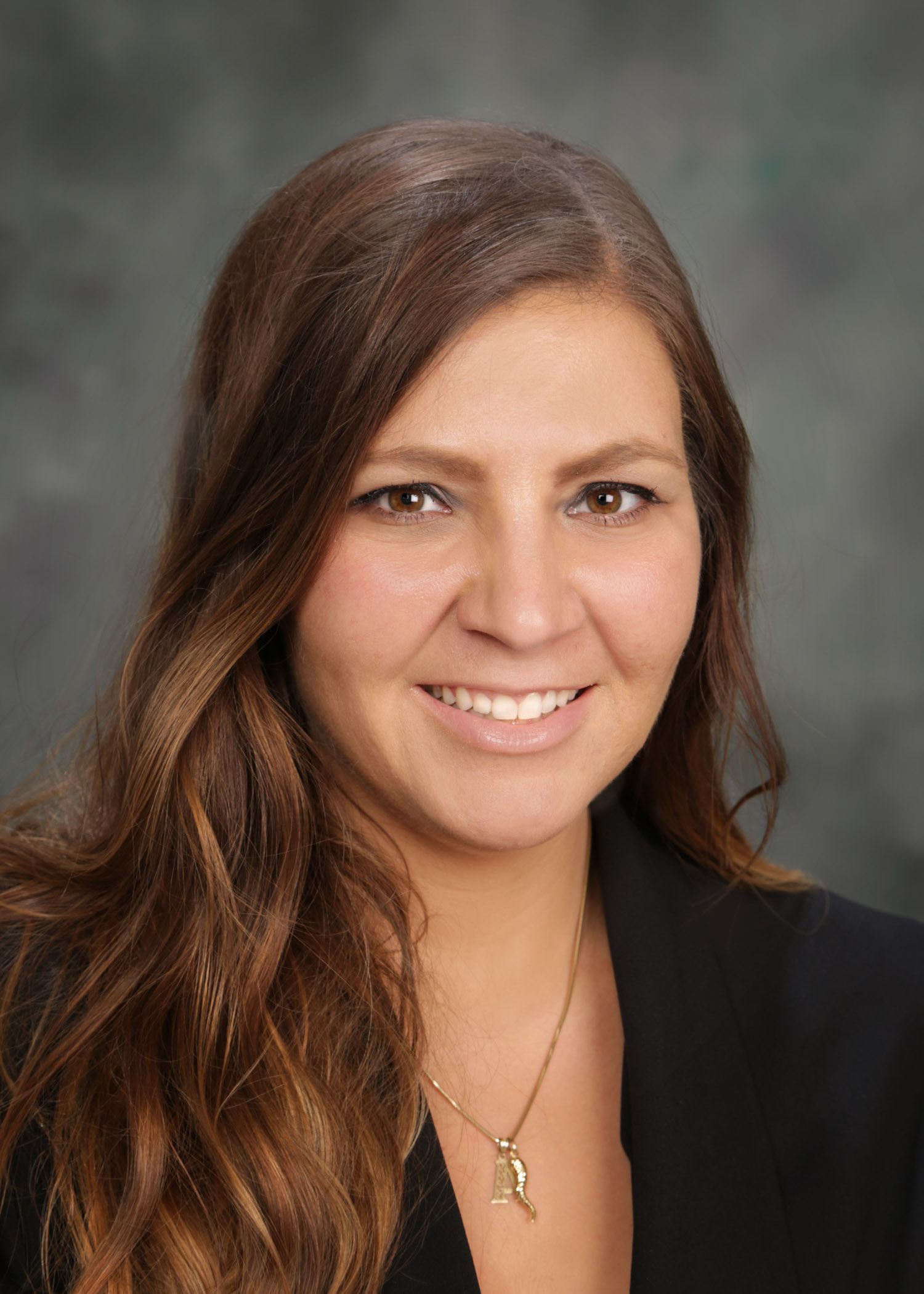The Coast Guard is revamping its body composition standards – which have disproportionately placed women on probation for failing to meet weight standards at rates three times higher than men.
In a pilot program that will begin Oct. 1, servicemembers who fail weigh-ins will have more chances to prove they’re fit, including a physical fitness test and a new abdominal circumference test. The changes are among several recommendations made in a recent RAND study examining women’s retention the Coast Guard.
“We definitely got feedback from the field,” said Cmdr. Matthew Rooney, chief of the Coast Guard’s Policy and Standards Division, who worked on the new body composition standards. “We’re hoping [servicemembers] continue improving the culture of health and wellness.”
Unlike other services, the Coast Guard does not have an annual fitness test requirement. Instead, members are assessed twice a year on weight and body mass index. The Coast Guard does have a Physical Fitness Assessment that can be required for Coast Guardsmen who have failed weight standards or who are applying for a job with physical requirements.
Under the pilot program, if a member passes the weigh-in, there is no need to go further. If a member fails the weigh-in, he or she must undergo a body fat measurement and abdominal circumference test; men must fall under 39 inches, women under 35.5 inches. If the member passes one of those, he or she is determined in compliance.
If the member fails the measurement, he or she can take a physical fitness test. Members who fail the physical fitness test are placed in the weight probation program.
Those on probation who don’t go into compliance are subject to discharged.
Presently, women are disproportionately moved into probation for failing weight standards, Rooney said. Women, who make up about 15 percent of the Coast Guard, represent 30 percent of discharges for failing weight standards, Rooney said.
Under the pilot program, body composition standards will be set to ensure servicemembers are capable of meeting the Coast Guard’s needs and challenges, maintaining a healthy body fat makeup and maintaining a sharp and professional appearance, Rooney said.
Retaining women is one of Coast Guard Commandant Adm. Karl Schutlz’s top priorities to diversity the work force. After he took command in June 2018, Schultz directed the personnel task force to review member feedback and the RAND study on women in service.
“As we talk about diversity, … we need to shift the paradigm a bit and talk more about inclusivity,” Schultz told Military Officer last year. “I want to recruit [and] retain the best and brightest. I’d like the Coast Guard to be more representative of the nation in terms of diversity.”
The RAND study made several key findings on barriers for women who decide to leave the force. The study found women experience stress related to perceived unfairness of weight standards and procedures for measuring body fat.
The study recommended a circumference test and physical fitness test, two elements the Coast Guard has incorporated in its pilot.
The study also recommended the Coast Guard provide trained medical professionals perform body fat tapings to promote accuracy and reliability, while alleviating women’s privacy concerns when being measured by peers.
In other efforts to help women, the Coast Guard is considering changes to its grooming standards.
In a virtual town hall meeting earlier this week, Master Chief Petty Officer of the Coast Guard Jason Vanderhaden said the service is reviewing recommendations to allow women to increase bun size to four inches, allow ponytails that don’t extend past the collar and possibly wear fingernail polish. A final decision could be announced at the end of the month.
“All these are to give women more flexibility,” Vanderhaden said. “At the end of the day, we want to maintain our high standards.”
Amanda Dolasinski is MOAA’s staff writer. She can be reached at amandad@moaa.org. Follow her on Twitter @AmandaMOAA.




